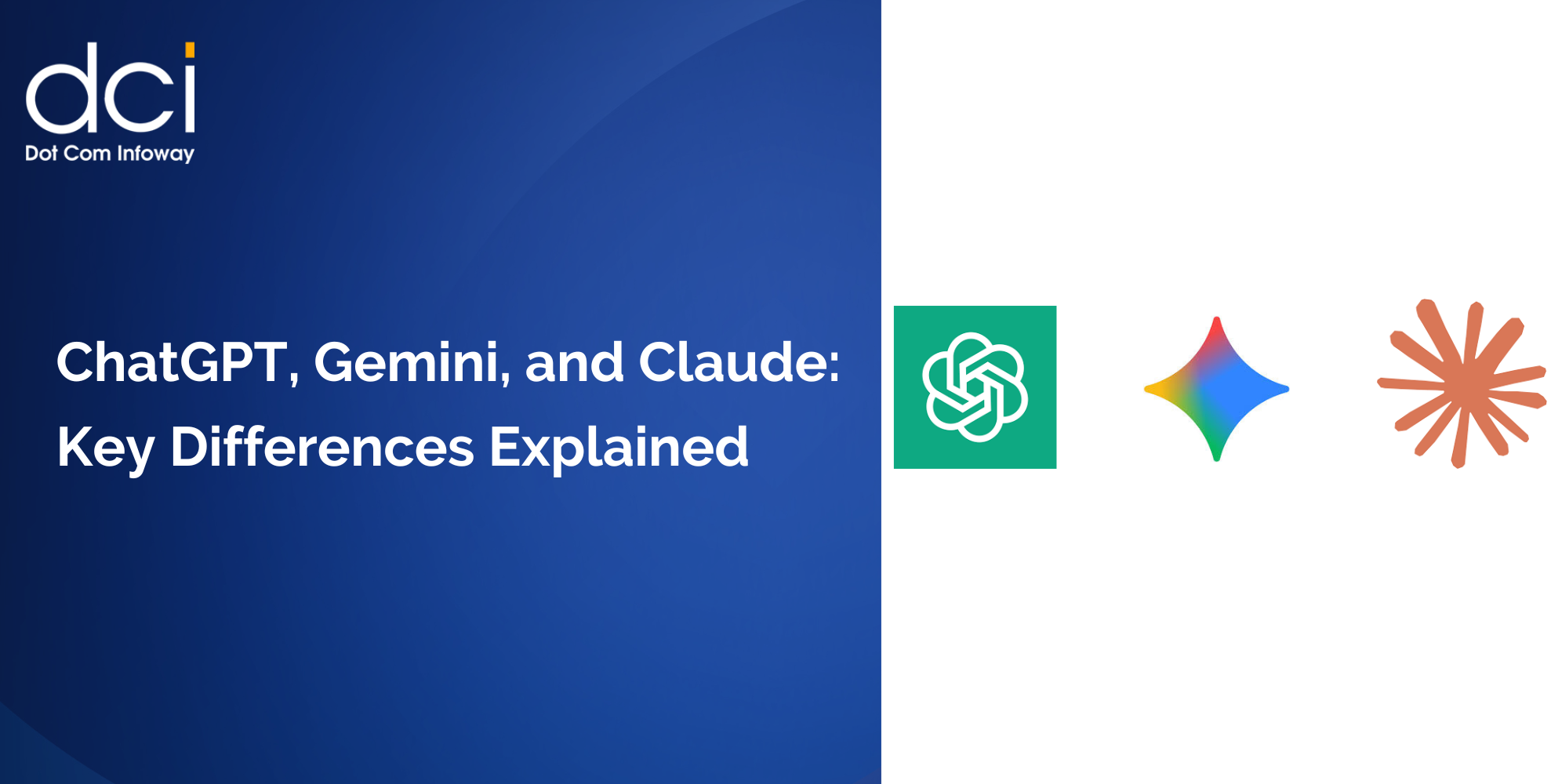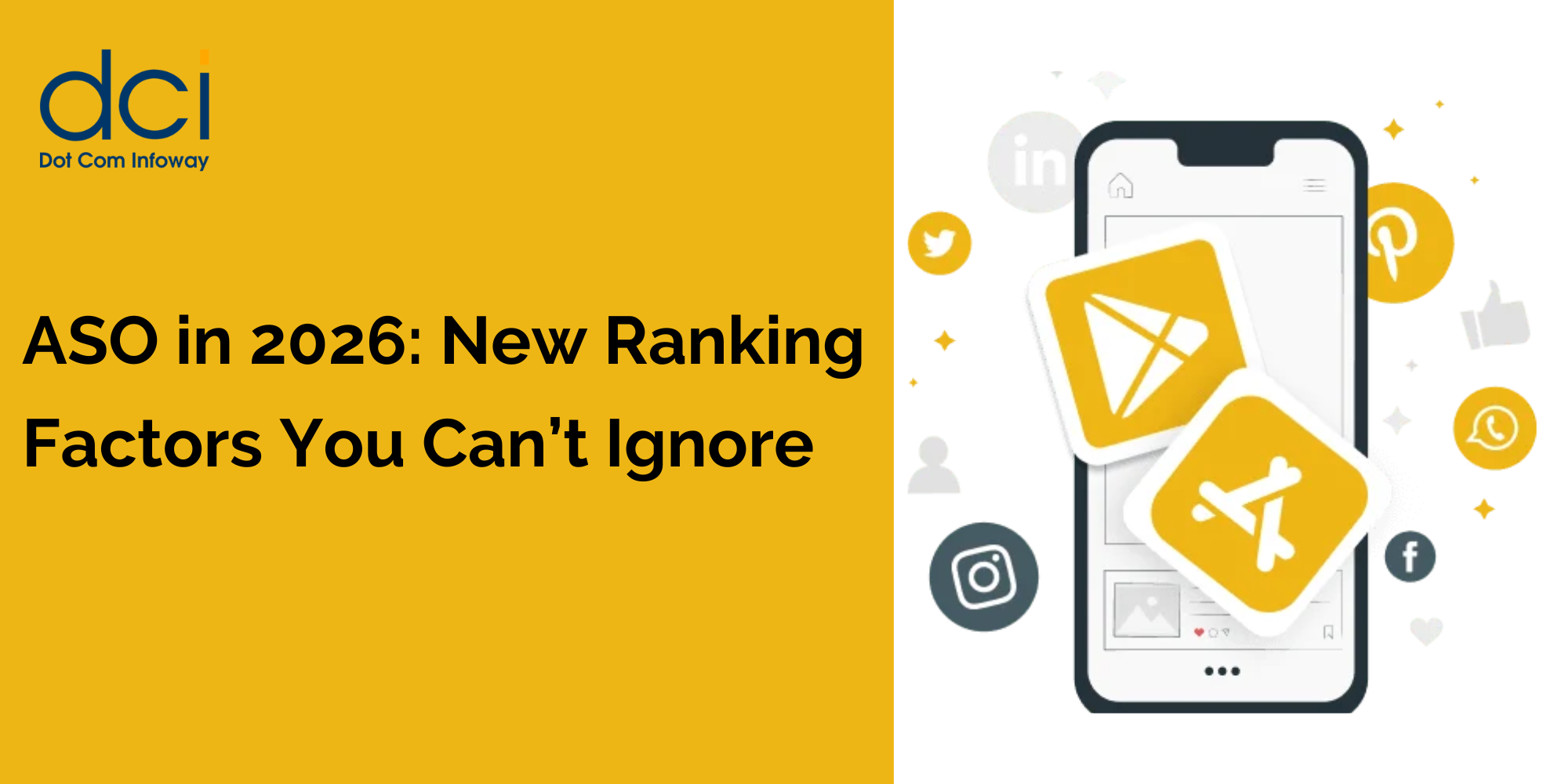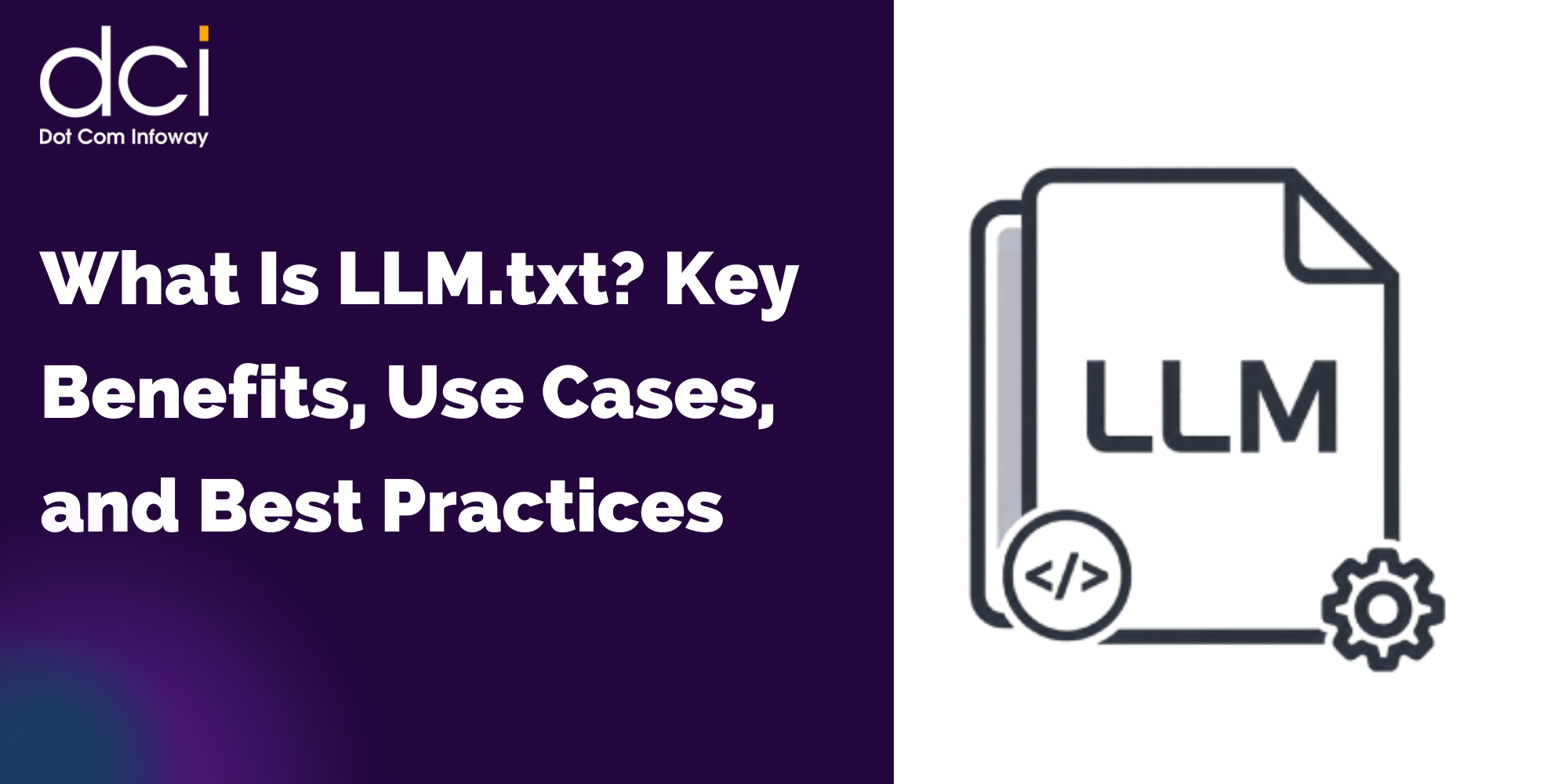What is Gap Analysis and Why a Business Should Conduct this Research?
6 mins read
Gap Analysis, as it relates to your consumer’s needs, is not a mere “good option” but a must: If you are serious about taking your SEO game to a whole new level, then this would be a fantastic step. In fact, in some cases, it may be the only thing missing from your business marketing/advertising recipe altogether, and we can show you why.
First, to better retain business from your clientele, you must assess their needs, wants and goals as a whole. You simply cannot proceed doing otherwise, and that is the whole point of Content Gap Analysis; it seeks to fill in the holes – or gaps, hence the name – that may lack in your buyer-seller relationship, opening portals still unexplored and setting you up for more long-term business success. How exactly does this work?
It works best in mutual benefit. That’s usually how all business works best. When both parties are satisfied, transactions tend to continue and even grow.
In Relation to the Buyer
- First, such Gap Analysis tracks the buyer’s every movement across a period of time.
- This is in order to better note where such buyer spends most of his or her money as well as how often a purchase will ensue.
- You, as a business owner and reputable seller of your name, brand, business or product, can know – with full precision and every step of the way – exactly where your customers’ money goes each week, at least in terms of spending it with you.
And, at this point, you may be scratching your head and asking the next great question, for which we already have the answer: “How am I able to keep track of such information, at least legally, and what are the many methods or options for doing so?” It’s simple. Here are the most common Content Gap Analysis forms employed in our tech-savvy day and age:
- Web Pages
- Unique weekly/monthly blog posts or engaging blog newsletters
- Landing pages
- Whitepapers, Ebooks, or similar top-notch content
- Phone or email marketing: cold calls or cold emails
- In-app messages
- Sponsored, campaigns for paid ad content – PPC, CPC, etc.
- Social media or other similar distribution platforms
In Relation to Keywords and Keyword Search
Did you know you can even even categorize your buyer’s keyword search in every step of the process? It’s simple. The system can do it for you. All you need is to get the settings setup and every purchase and search instantly tracks and feeds into your buyer input. There’s no rocket science involved, after all.
Perhaps you’ve heard of Jenny Halasz and her recent presentation on keyword research. In it, she discusses the importance of the following:
- Properly mapping each keyword
- A thorough Intention Analysis
- Optimization of Click-through Rates
- Content Gap Analysis, of course
Additionally, merely grasping the full intent behind what goes into a keyword search is half the battle. Yet when you scrutinize, you find results. You learn to discover why exactly a keyword or key phrase holds so much value and ranking among the top search engines, and that brings you a step closer to your goal.
You should ask yourself the following:
- Should I begin with long-tail keywords this time around?
- Will semantic keywords perhaps be more effective?
- What specific keywords are “trending” right now, which may be found in places like Google Trends or Google Analytics?
Why Employ a Content Gap Analysis, Then?
Three Core Perspectives are
1. Keywords, Keywords, Keywords!
Let’s face it:You may have all the other modern digital marketing tools at your convenient disposal, but without a proper investment into keyword research, strategy and rankings, you won’t go as far. A Content Gap Analysis is best at this. Its sole purpose is to find you the proper keywords you need, as they relate to your specific business, all while both using and tracking them in their best function. Remember that the old tricks of “keyword stuffing” no longer work. We now live in a faster, smarter, “pickier” and more advanced generation and must get current with the times, tricks and trends altogether – or fall behind in all aspects.
2. Customer Retention and Continual Satisfaction!
Nothing hurts more than seeing your best customers discontinue business with you, simply because your worst competitors have made them a more suitable offer elsewhere. Don’t let it happen to you. When you strategize with Content Gap Analysis, learning its every interior move, you can then offer your client the information needed to “fill in those gaps”. Perhaps these clients and customers of yours have a personal or business need that you don’t currently supply, but with analyzing those missing gaps, you can immediately tailor to such needs. It’s all about the customer, after all, and – as they say – “the customer is always right”.
3. CTA to the Rescue!
Having the right information of which gaps you need to fill can also allow you to ‘up’ your marketing strategy a bit as well, and here’s what we mean: Knowledge equals power, which equals action! When you know what your top consumers need that you don’t offer, find a way to offer something of that nature, or something greatly similar. But throw in a little twist at the end: a compelling call to action, an offer they “simply can’t refuse”!
More to Note – Concluding Thoughts on the Matter at Hand
As we have just digressed, having a certain number of site visitors or content strategies in place can be effective, but what can be more effective is tracking one’s leads and the information behind them. This will make for a more informed seller’s advertising tactic and, ultimately, a returning buyer. And one of the best ways to pull this off is through Content Gap Analysis, which takes many popular forms today:
- Keyword Mapping
- Paid Ad Content
- Social Media Coverage
- Specialized Blog Posts
- Marketed Emails and so many others!
Latest Posts
Get the latest insights from Dot Com Infoway straight to your inbox.

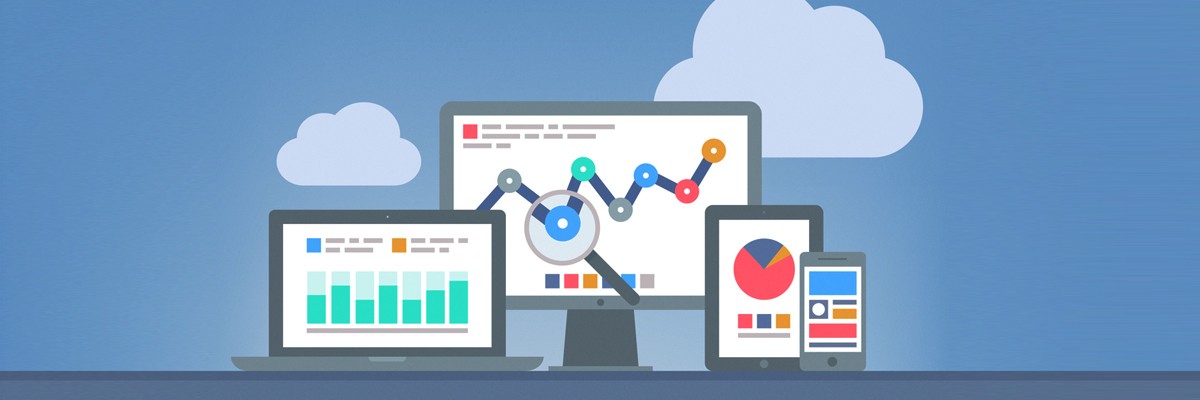


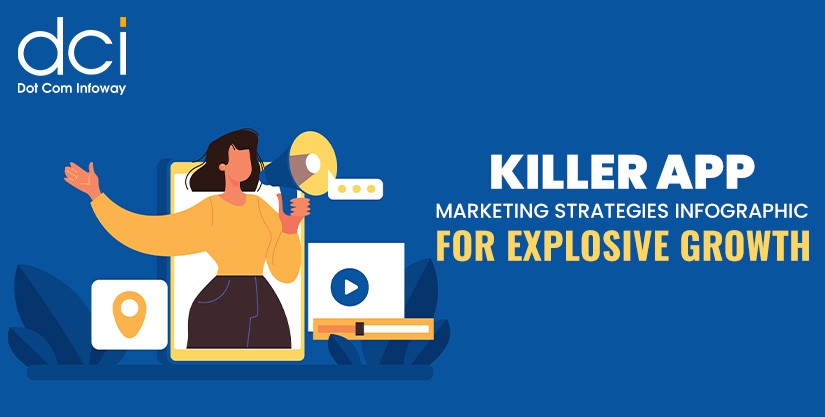

![The Game Marketing Guide: Pre and Post-Launch Strategies [Infographic]](https://www.dotcominfoway.com/wp-content/uploads/2023/09/DCI-Game-Marketing-blog-1.jpg)

